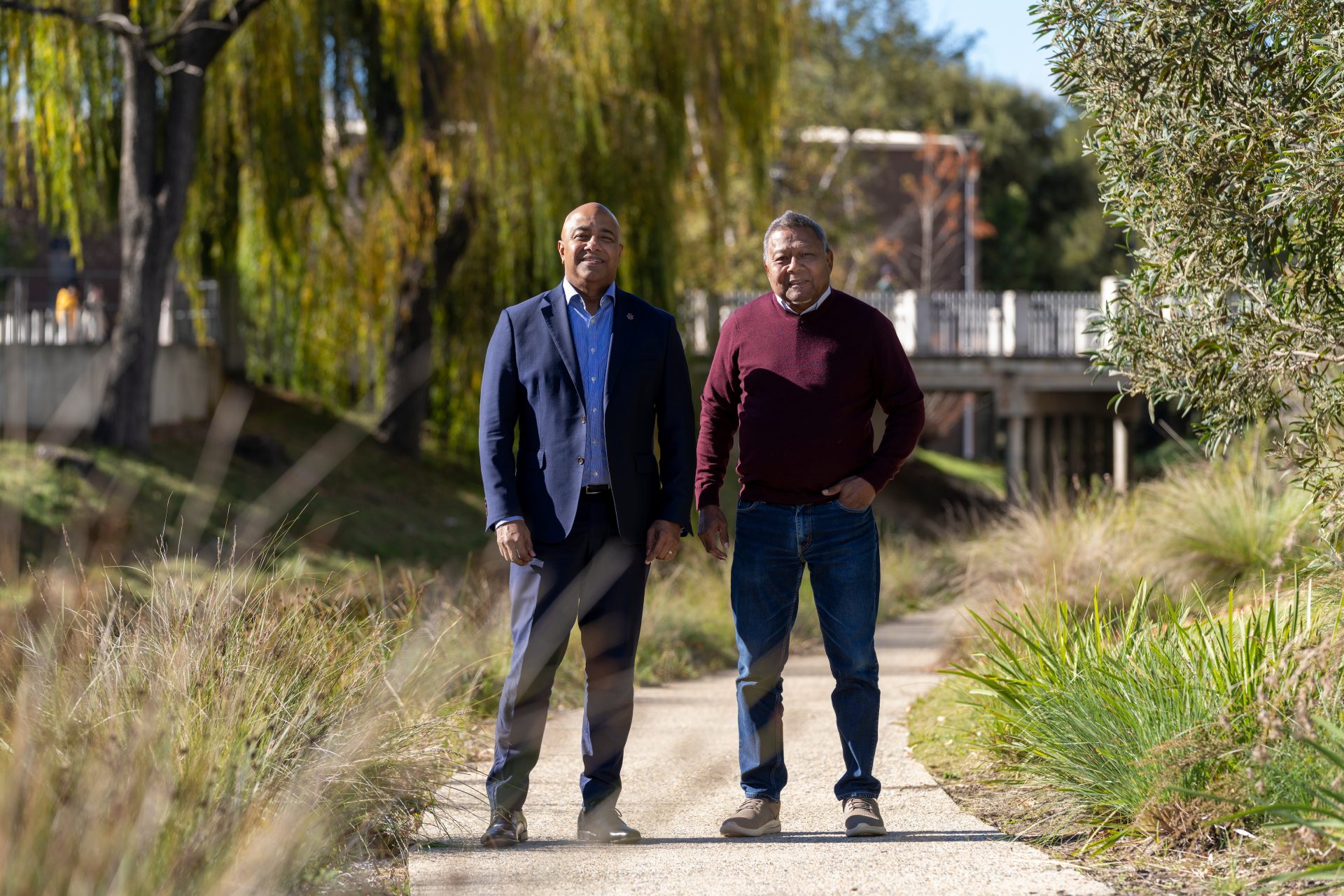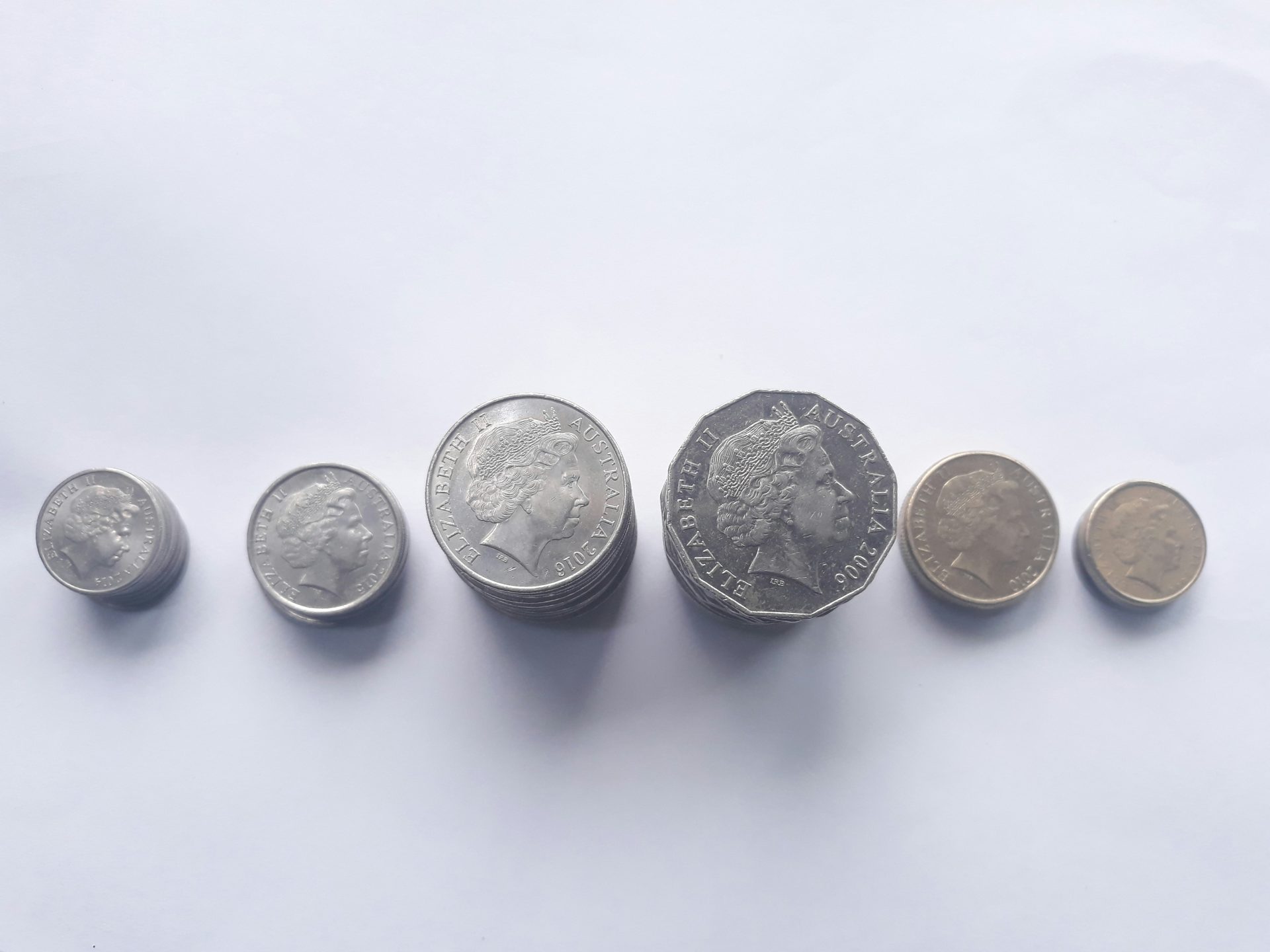Most people make a New Year’s resolution to save more money but are unable to see it through. Here are 10 practical tips that will help you get financially fit in 2017.
MLC financial adviser, Ryan Porter, says the foundation of any good savings plan starts with setting a goal.
“To be successful in any area of your life, you need to have goals, and savings is no different,’’ says Mr Porter. “You need goals to keep you motivated and focussed”.
“Once you have a goal in mind, it’s important to set yourself up for success. People have the best intentions when starting a new savings plan but where it typically falls apart is when you don’t have the right structure in place”.
“That structure doesn’t need to be complex but it does need to be specific.
For example, set aside a portion of your weekly, fortnightly or monthly pay and direct it into a savings account that is separate from your everyday account. Each month, check to see how you are tracking to ensure you are meeting your savings milestones”.
“A common mistake people make is they spend first and save later, so by the end of the month there is no money for their savings. “By putting a set portion of your pay straight into a special savings account, you are less likely to be tempted to spend your savings’’.
“Remember, the key to a good savings plan is to be disciplined and consistent. It’s all the little things that you do consistently that will help you achieve your savings goal’’.
Top 10 tips to get financially fit in 2017:
- Have goals: What is it you want to achieve in 2017? You need to have something to motivate you to take action and stick to it throughout the year.
- Know your numbers: You need to know what comes in, what goes out and what is left over, so you know your starting position.
- Start: The hardest step is always the first.
- Have a cash safety net: Have a rainy day fund of at least $1,000 to protect you against the unexpected.
- Automate things: Set up an automatic transfer from your bank account the day you get paid to put money towards the goal you are working towards.
- Pay down your credit cards: Leave your card at home and try to pay more than the minimum repayment each month so you’re paying less interest.
- Give yourself a weekly budget for everyday expenses: Separate the money you have for savings, spending and fixed expenses.
- Protect your income: Your income is your most important financial asset as it pays for everything else in your life. Make sure you have a plan in place to prevent a financial disaster.
- Get the best deal: Make sure you’re getting the best deals on things like your savings accounts, loans, insurance policies and utility providers. It could save you thousands of dollars a year.
- Tighten your belt on non-essentials: Bring your lunch to work. Plan your weekly grocery shop to avoid impulse purchases. Have one coffee a day instead of two.
All these small changes can add up to thousands of dollars a year in savings.




